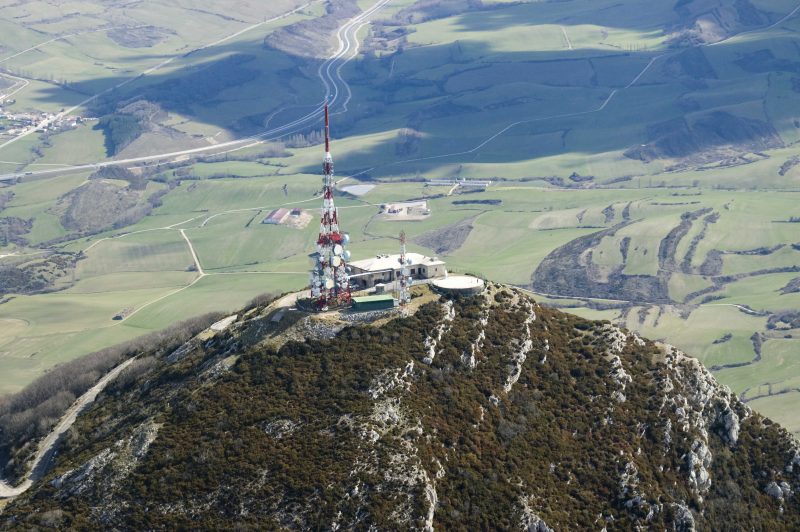Trends
Trends
NOV
27
2019
Tecnología
Infraestructuras para un ecosistema digital
The digital society and economy are radically reconfiguring the world in which we operate. It is not a matter of whether this transformation is inevitable, but about understanding how it has in fact already changed our lives and anticipating the changes that lie ahead.
This transformation would not be possible without the telecommunications networks that are the backbone and the capillary system of the territory. The so-called heterogeneous networks, or hetnets, into which different fixed and mobile signal transmission technologies are integrated; satellite, fibre, cable, telecommunications towers, are all parts of the same system and their effectiveness and efficiency determines the competitiveness and the balanced and fair development of these territories.
The increase in data traffic – mobile data is expected to rise 600% over the next five years with an estimated 50,000 million-plus objects and people connected by 2025 – is a sign of the challenge involved in the investments that must ensure a secure and reliable transmission of all this data flow. The players in the telecommunications sector need to be prepared for the sharp increase that will be required in terms of capital intensity, both in the fixed and mobile connectivity segments.
Some specific questions arise in the case of the LTE technologies (4G and 5G) on which mobile broadband is rolled out: How will we ensure that hundreds of thousands of simultaneous accesses to broadband content provide acceptable speed and latency (response time) without sacrificing security and efficiency, as in the case of vehicles with autonomous driving systems? Will we increase network density by deploying as many networks as there are voice and data network access providers? Or do we want to focus our efforts on developing sharing models that generate efficiencies and drive an accelerated and more rational roll-out of these networks?
The keyword is “sharing” rather than “ownership”. Translated to infrastructures, this means network access operators investing less in redundant networks, making it possible to concentrate available resources in innovative services and applications based on broadband, which drive a competitive digital ecosystem. This process has been gaining traction in Europe in recent years, with proposals and projects that are pushing forward the adoption of various telecommunications infrastructure-sharing models.
An adequate response can only be achieved if all the players concerned – administrations, network access operators and infrastructure managers – coordinate and work together. Network densification will condition the criteria for planning and rolling out the necessary infrastructure: location in the urban, semi-urban and rural settings, and implementation efficiency criteria.
The time has now come to implement roll-out models that can provide us with telecommunications infrastructures that can guarantee that we will not be left behind in terms of access to new services and technologies based on mobile connectivity.
These are some of the challenges and opportunities at stake when consolidating a competitive digital ecosystem for our country and for Europe.
Tobias Martinez
CEO of Cellnex Telecom

















